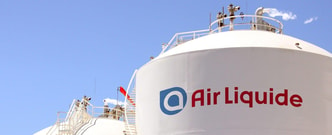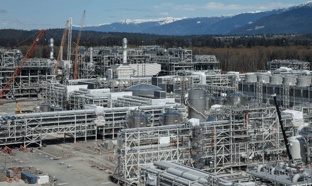Cutting edge: Plasma and laser technology in fabrication
May 16th 2010 marked the 50th anniversary of the laser and the application of laser technology to material processing is undergoing yet another transformation.
Meanwhile the latest generation plasma cutters deserve a second look. Lasers power a suite of material processing applications known as Laser Machining.
It should be noted that these innovations are not limited to use in metal processing, but find applications in the fabrication of a wide range of materials including plastics, vinyl, glass, marble, graphite, nylon, ceramics, carbon fibre and rubber.
Plasma cutting
When electrical energy is applied to certain gases they enter an ionized state called plasma. Plasma arc cutting was developed in the 1950s for cutting of metals that could not be flame cut, such as stainless steel, aluminium and copper.
It may be said that plasma cutting technology emerged before it’s time, because when first offered to industry many operators were unprepared for the Computer Numeric Control (CNC) that was required to maximise the benefit. CNC devices are computers that control the motion of an instrument like a welding device or plasma cutter. Over time several classes of plasma cutting system have been developed that cover a wide range of cost-performance levels.
Hobby-class air plasma are available complete with CNC at very low cost, but these should be recognised for what they are. Unfair comparisons to laser or water jet systems of far higher performance specification and cost, merely because they share similar physical dimensions has encouraged the perception that plasma technology is inferior. In fact, modern plasma technology presents a technically viable and cost competitive alternative for many cutting applications where the ultimate precision is not required and Heat Affected Zone metallurgy is less critical.
Plasma cutters and CNC devices had trouble working together in the past because to create an arc to excite the gas power surges would frequently reboot the CNC computer. This has been overcome by installing a pilot starter in the nozzle of the higher end plasma cutters. The other big advantage of this pilot system is previously the plasma torch would need to be placed close to the metal surface, which would be charged with electricity and complete the circuit to create an arc. Internally arced plasma torches can generate heat near contact instead of on contact, making them more versatile and removing the surge issues.
The plasma arc cutting process uses electrically conductive gas to transfer energy from an electrical power source through a plasma cutting torch to the material being cut. The plasma gases include argon, hydrogen, nitrogen and mixtures, plus air and oxygen.
... to continue reading you must be subscribed









